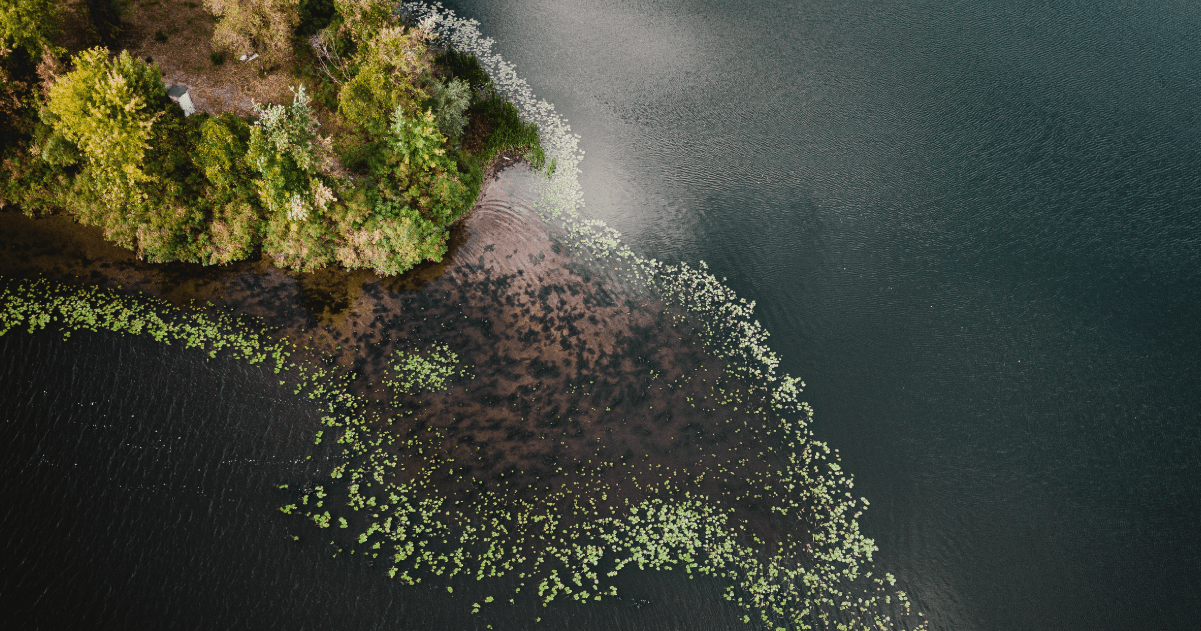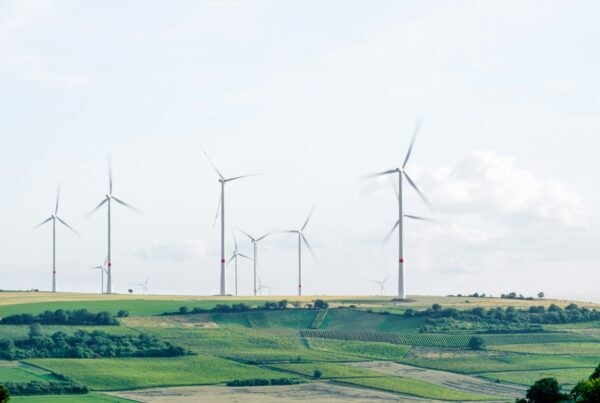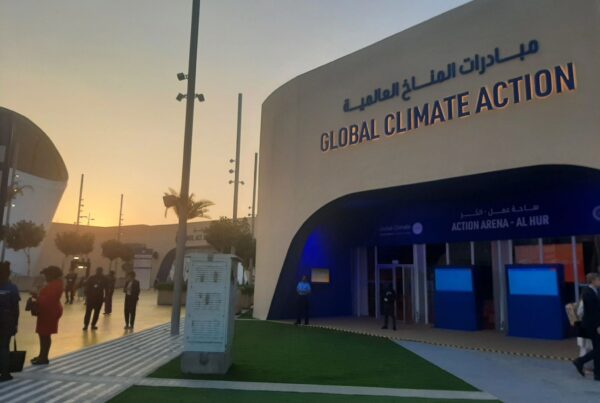SecondMuse's Shai Fogelson shares the biggest takeaways from his recent visit to the COP27 climate conference.
Our senior business development manager arrived in the Egyptian city of Sharm el-Sheikh in the wee hours of November 9th to attend the COP 27 climate conference that had kicked off days earlier with United Nations Secretary-General Antonio Guterres warning that the planet was on a “highway to climate hell.”
The conference was the latest global effort to change course through ecosystem collaboration at a massive scale. Thousands of business leaders, policymakers, investors, activists, innovators, and others connected to the climate crisis gathered to hash out a path forward and continue urgent work to reduce global greenhouse gas emissions and curb the catastrophic effects of global warming.
It was a macro model of the work we do at SecondMuse to address complex challenges by fostering relationships between far-flung actors connected to any given puzzle — from curbing ocean plastic pollution and driving climate tech innovation to supporting regenerative food system solutions and implementing the Space Apps Challenge, the world’s largest global hackathon.
Shai Fogelson attended the conference on behalf of SecondMuse to further develop our network and keep our finger on the pulse of climate activity. After a whirlwind week, he returned home further convinced that ecosystem development is the way to tackle tough challenges and that those most impacted by any challenge must have a central role in efforts to fix it.
Below, he reflects on some of his experiences:
On the sometimes tricky logistics of bringing so many actors together:
You have tens of thousands of people representing different interests — you have huge delegations from governments, universities, and corporations, all showing up for this important cause. The gathering highlighted the careful logistical work required to provide a venue or environment for dialogue and networking. There was certainly messiness — there were infrastructure challenges, from limited access to food and water to long distances between key areas of the conference. But overall, the conference did a good job of creating spaces for folks to engage and make a stronger ecosystem focused on climate action across the Blue Zone, where high-level negotiations took place, the Green Zone, where the business community, activists, artists and other groups could interact, and the Climate Action Innovation Zone. This is what we try to do across many of our programs: connect the dots between policymakers, funders, startups, and investors to ensure everyone is talking to each other and not remaining in silos. We definitely don’t face the same level of logistical challenges as a COP conference, but we do also try to be intentional about how we gather people together to ensure we’re keeping barriers to participation as low as possible. So for me, the conference really drove home the importance of the behind-the-scenes work that goes into ecosystem building and ensuring that these gatherings are as accessible and easy for participants as possible.
On the need for ecosystem approaches to challenges:
It was very validating to network with so many different people from different backgrounds, all with different interests, but finding commonalities and realizing that we have similar overarching goals. This is the essence of ecosystem work and it made me feel confident that our efforts to bring everyone along to design ambitious solutions is the right approach to tackling large and daunting problems. I feel encouraged that the work we do to support the convening of different groups and to create space for actors to come together to ideate on solutions at scale brings value to everyone involved.
On centering those most impacted by challenges:
One of the big conversations at the conference was around reparations for countries and communities most hurt by climate change. A Loss and Damage fund was agreed upon in principle, which could funnel money from wealthier countries driving climate change to poorer countries suffering most of the damage. It’s really important that it’s not just the global north designing solutions. More has to be done in this regard, and this is something we think about a lot when SecondMuse is designing solutions. We take into account everyone’s voice, especially people impacted by the challenges we’re working to address. We also make sure there is power behind every voice and that we are not simply inviting participants to tick a box.
On not giving up hope:
There was definitely a vibe or energy of disappointment around how little progress was made between COP 26 and COP 27, specifically around taking the steps required to limit emissions to 1.5 degrees Celsius, a goal the planet is not on track to meet. It’s hard not to feel dejected given the difficulty in envisioning a path to that goal, especially in light of the recent natural climate-linked disasters, from floods in Pakistan to drought in East Africa. At the same time, there was still a feeling that people were there to do whatever they could and that our only option is to keep working together to find solutions to this daunting global challenge. It’s a feeling familiar to all of us at SecondMuse — whether we’re trying to support critical climate tech that could help New York State (and beyond) reach ambitious emission reduction goals, building inclusive pathways for underrepresented communities in tech, or building technologies to support young adult wellbeing — it can sometimes feel daunting and overwhelming. But we continue to engage in this work because we see and celebrate the signs of progress and believe the alternative — inaction — is not an option.
On COP28:
We’ve already applied to COP28. We’re aiming to have more members of the SecondMuse community at the next conference to showcase our climate work with The Incubation Network and For ClimateTech and share more of our ecosystem-building expertise and experience.







